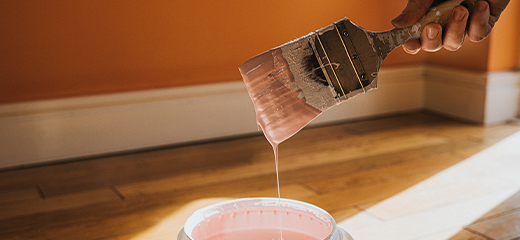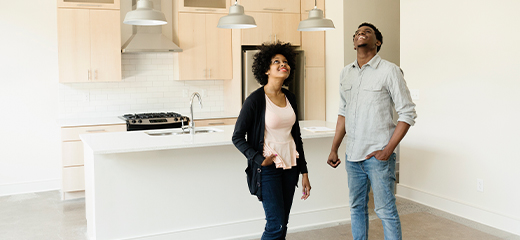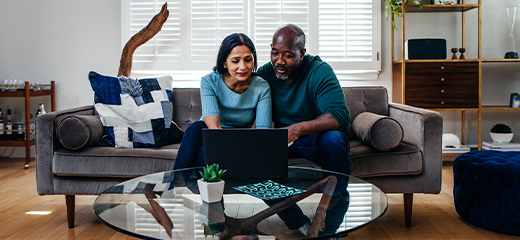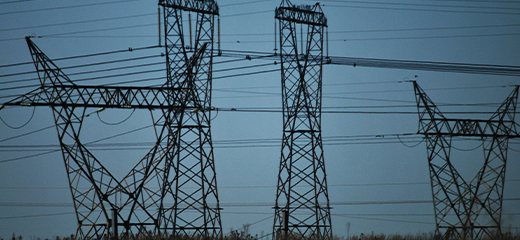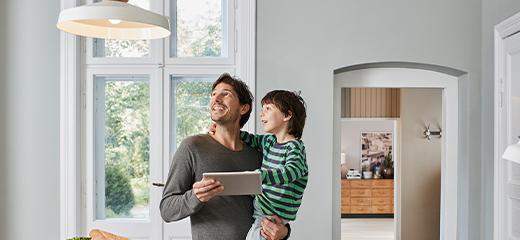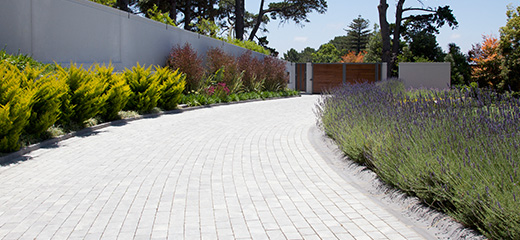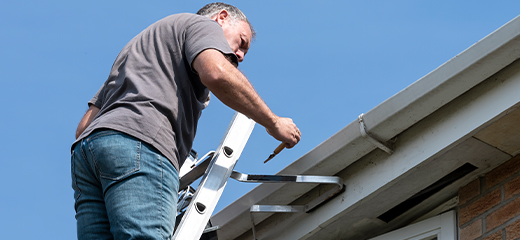
Fire safety tips for the home
South Africa’s fire safety regulations are minimal compared to other countries, however, a house fire can have a devastating impact on your family and your home, leading to widespread destruction, long-lasting health issues and even death.
According to a 2011 report released by the Fire Protection Association of Southern Africa (FPASA), formal dwellings reported the most fire incidents at 4 175 and resulted in the second-highest number of fatalities after fires at informal dwellings.
To prepare and protect yourself from a possible home fire, it’s important to know what the leading causes of major fires in the home are. The FPASA report reveals that electrical, open flames, cooking, heating and arson were the top 5 determined causes in 2009. Unsurprisingly, experts say that loadshedding has increased the number of home fires caused by electrical faults and open flames.
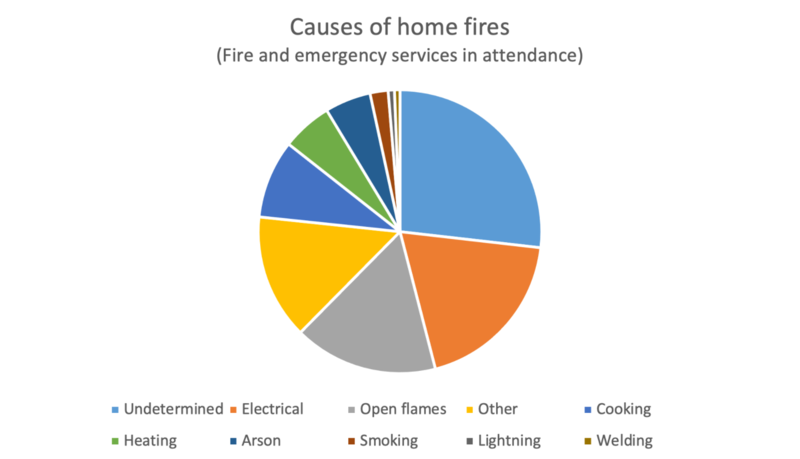
Source: Fire Protection Association of Southern Africa, South African National Fire Statistics 2009
Be aware, take care
Keeping an eye on the common danger areas in the home can help you avoid most fires. Pay particular attention to the following areas:
Electrical
This is one of the leading causes of home fires in South African homes and yet very little thought is given to the safety of our electrical wiring and appliances. Take care not to overload plug points, use appropriate strength extension cables and multiplugs, and install as many surge protectors as your budget will allow. If you notice that an appliance is not operating properly or overheating, unplug it immediately and have it repaired or replaced.
Any electrical installations or changes should be done by a registered electrician and a certificate of compliance
produced for you and your insurer. If your lights, plug points, geyser or stove start acting up, call in an electrician to sort out the problems.
Where possible, turn your electricity off at the mainboard during loadshedding to prevent electrical and appliance damage from power surges. Wait a few minutes after power has been restored before turning on each area one at a time to prevent your electrical board from becoming overloaded.
Open flames
Children are naturally curious and are often drawn to the forbidden element of fire. Make sure to keep matches and lighters out of reach and securely locked away if possible. Never leave candles, braais, oil lamps, cigarettes and other fires unattended and make sure they are not in a location where a flame could jump and ignite other items. Instead of using candles, stock up on small LED lights for lighting common areas such as bathrooms and kitchens during loadshedding.
Cooking and heating
Appliances such as stoves, ovens, heaters, electric blankets, toasters and kettles are hot spots for fire break-outs so make sure never to leave these items unattended. Try to give these appliances as much space as possible to prevent a fire from spreading rapidly throughout the home. If you use gas appliances, make sure to turn the gas off firmly at the source and have your gas tanks and appliances regularly checked for any leaks and faults. Never try to extinguish an oil fire with water!
Flammable liquids and gasses
Keep any flammable liquids and gasses in a cool area, out of direct sunlight and in secure, properly labelled containers. If possible, keep such items under lock and key.
Carbon monoxide poisoning and smoke inhalation
Bear in mind that carbon monoxide poisoning and smoke inhalation can result in lifelong health issues and very often death. Carbon monoxide is particularly dangerous as it is both invisible and odourless. Ensure that your home is properly ventilated and that anything that produces smoke or gas emissions (such as a vehicle, generator or braai) is used outside the home, away from windows and doors.
Prepare to protect
Coming face to face with a fire emergency is guaranteed to cause panic and could very well increase the threat to your safety. Preparing now for a fire down the line will help you protect your family and reduce the damage to your property.
Install alarms
Smoke and carbon monoxide alarms give you an early warning that your life and property are at risk. Battery- operated devices are easy to install and should be placed in the kitchen, living areas, bedrooms of smokers and in the hallway closest to bedrooms. A carbon monoxide alarm should also be placed in the hallway outside the bedroom and in a convenient area between the kitchen and lounge. Be sure to select devices that are properly certified and SABS approved and test the devices once a month to make sure they are operating properly and change the batteries every 6 months.
Fire extinguishers
Having a fire extinguisher on hand can help you to put out a fire or provide you with a safe exit route in the case of a larger fire. However, there are a variety of types of extinguishers available so you should speak to a properly certified specialist before deciding on how many extinguishers to buy and where to place them in the home. Areas that should have an extinguisher include the kitchen, living room, garage and the hallway to the bedrooms if not inside the individual bedrooms.
Make sure you and your family know where the extinguishers are placed and how to operate them.
Evacuation plan
Experts recommend that family members should discuss and practice an evacuation plan at least once a year. Two exit routes should be identified for every room and consideration should be given to any delays that physical security measures could have on your escape and how these can be removed or diminished.
Emergency services
The last thing you want to have to do when you are stuck in a home fire is try and find the right number for the emergency services in your area. Find the numbers for your local police station, ambulance services and the fire department and make sure that these are programmed into everyone’s phone, including your children. Place a printed copy near your landline, on your fridge, home office and in every bedroom.
Prepare to act
Knowing how to behave in a fire will go a long way to keeping you and your family safe. Practice these rules with your family regularly:
- Crawl low in smoke.
- Cover your mouth and nose.
- Never open a door that is hot to touch.
- Wake everyone in the house.
- Call emergency services.
- If your clothes catch fire – STOP, DROP, ROLL.
- If your exit routes are blocked, stay in the room with the doors closed and a wet towel placed under the door. Open a window and wave a coloured cloth or flashlight to signal for help.
- Have a safe place to meet outside the home, tell emergency services of anyone still inside. Never re-enter the home for pets or personal possessions.
- Tackle the fire only if it is safe to do so.
LookSee is a free home efficiency platform aimed at making homeownership easier and more affordable.

